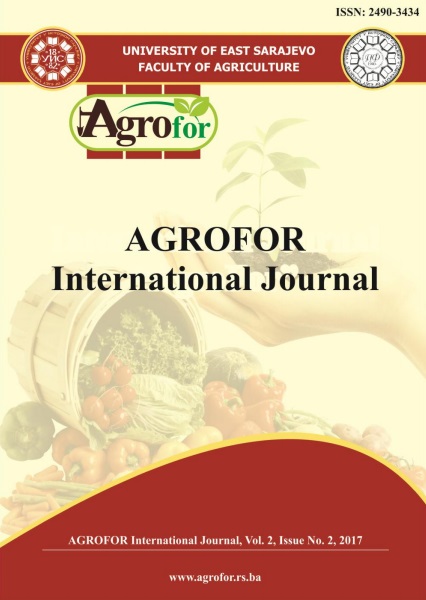BIOMONITORING OF ATHMOSPHERE AIR POLLUTION IN THE FOREST ECOSYSTEMS AND ECO-TONE ZONE
DOI:
https://doi.org/10.7251/AGRENG1702065BAbstract
Within our research, the air quality of 62 forest ecosystems from Republic of
Moldova was assessed, taking into consideration the lichens indicator species
specific diversity, abundance and toxitolerance. It was established that the
Moldavian forest ecosystems do not contain reserves concerning critical loads for
SO2 pollution, the annual average for the vegetation season for dendrological
species being 0,02 mg/m3 air, and for communities of lichens and cyanobacteria,
organisms sensitive to pollution, represented only 0,01 mg/m3. Lichen indication
demonstrated that the current level of pollution is between 0,05 and 0,5 mg/m3 SO2
air, thus long-term harmful effects are manifested in all 62 studied forest
ecosystems and the ecosystems from the eco-tone zone. We believe that for the
Republic of Moldova lichen, indicator species can provide a scale of 6 levels: 5
levels characterized by species with different toxitolerance degree and the last step
being an area in which lichens are completely missing, thus the most polluted area.
Within the Republic of Moldova territory, there were reported 3 forest ecosystems
in which the air is evaluated as clean air, 11- low polluted air, 31- moderate
polluted air, 12- polluted air, 3- high polluted air and those with critical polluted air
was missing.

